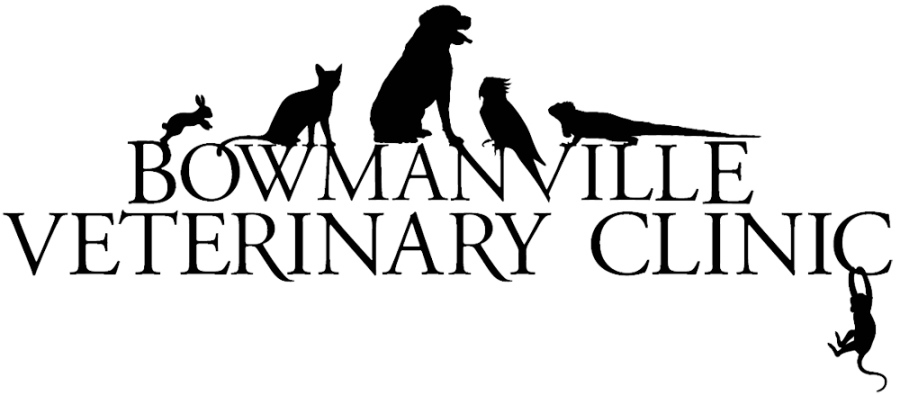Monday, September 26, 2011
Thursday, September 15, 2011
RABIES. The threat is out there.
During the summer months when our families and pets spend more time outdoors, it’s important that we not forget the ever-present threat of rabies. It’s hard to believe that in this day and age, people in Canada
Rabies is a disease of the central nervous system that is most commonly transferred by saliva in a bite or lick from an infected animal. If exposure to the rabies virus goes untreated, it is virtually always fatal. The disease ravages the brain and spinal cord, leading to paralysis and coma. Unfortunately, symptoms in the early stages can often be mistaken for the flu, so people may not even realize they’ve been infected.
Over 3,200 animals have been tested and confirmed positive for rabies in Canada
We have noticed a trend that many cats go for years without their annual physical examination and vaccines, including Rabies. You may not be aware that it is against provincial law not to vaccinate your pets against Rabies. Even indoor cats can have surprising exposures to Rabies through bats flying into the house or the cat accidentally getting out.
Protecting your pet is your best defense.
- The most effective way to safeguard you and your family is to have your pet vaccinated against rabies. Your veterinarian can recommend an appropriate program.
- If you or a family member are bitten by any suspect animal (wild or domestic), wash the wound thoroughly and seek immediate medical attention.
- If you come into contact with an animal that is behaving abnormally, keep a safe distance and contact your local health unit or animal control immediately.
You can learn more about rabies through visiting your veterinarian or through the following websites:
World Rabies Day:
Ontario Ministry of Natural Resources:http://www.mnr.gov.on.ca/en/Business/Rabies/index.html
1 Canadian Centre for Occupational Health and Safety; http://www.ccohs.ca/oshanswers/diseases/rabies.html
Subscribe to:
Posts (Atom)

